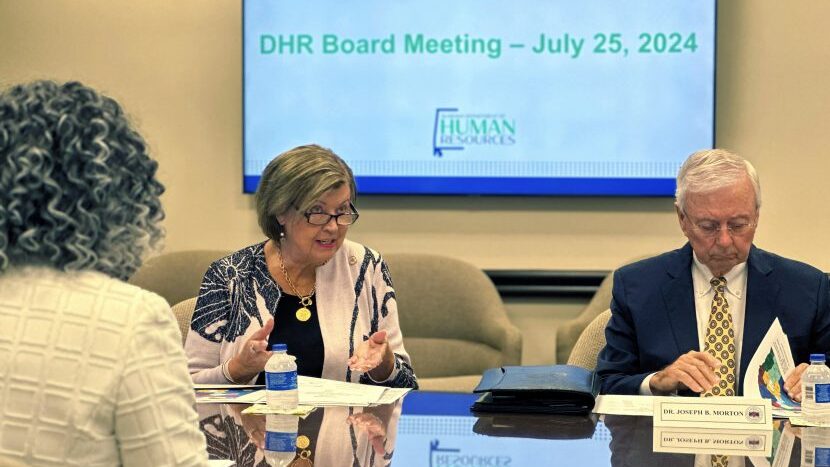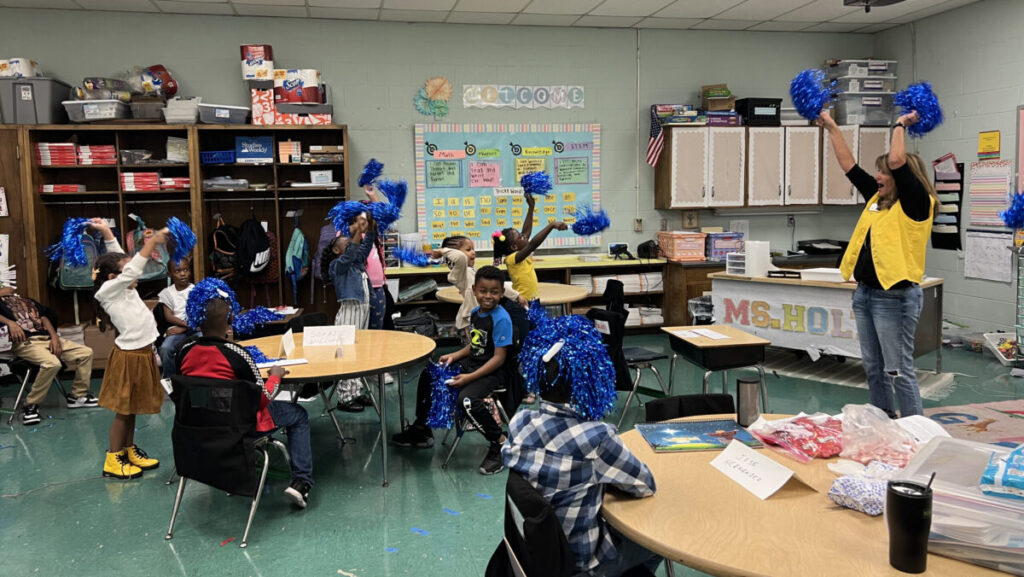Most of the youngest children in the state’s foster care system are there because of parental drug abuse, Alabama Department of Human Resources Commissioner Nancy Buckner told a panel of lawmakers recently.
“It’s not just drug abuse, but when you peel the wires back on this drug abuse, it’s your ability to keep the child safe, your ability to parent the child,” Buckner told the joint General Fund budget committee.
Buckner shared a story of a mother in Birmingham that locked her children in the house while she went to a club one night.
“What’s the danger in that?” she said. “Well, look at all those other things in the house. What if the house burned down? The kids couldn’t get out because everything was locked up.”
Prevention
In an interview, Buckner told Alabama Daily News that DHR could work on preventing similar situations through rehabilitation if the agency was already working with the parents. She said that is not usually the case.
“If that’s their first child, we might not have seen them on the Child Welfare side at DHR. Mental health could have seen them, and some of their clinics may have seen them,” Buckner said. “But we get involved in child welfare with people that have children.”
The second greatest contributor to children being placed in foster care is relinquishments, which is more common among children older than 14. Buckner said this is when a parent gives up their child for mental health issues or criminal activity. She told lawmakers DHR is not equipped to handle those youths.
“Most of the time with younger children, it’s people that just can’t take care of a young child,” she said. “That kind of thing with the older teenagers, too often it’s because the parents are scared of them and they can’t come back in their home.”
Rep. Linda Coleman-Madison, D-Birmingham, expressed concerns and a desire for state agencies to work together. Buckner said DHR would not necessarily handle rehabilitation and it would have to go to another agency, including the Alabama Department of Youth Services.
“Everybody that’s involved with that child’s life, or any child that we come to, needs to understand that there’s a continuum, there’s a connection here,” Coleman-Madison said. “We cannot pay our way out of this. But more importantly, we’re losing all the human resources and talents of our state that we’re not rehabilitating, and we’re not catching it at an early age to do something.”
Going upstream
Rep. Chris Blackshear, R-Phenix City, echoed Coleman-Madison’s concerns and said incarceration is not the answer.
“We keep talking about running the federal mandate to build prisons, and we’re spending billions of dollars in prisons that’s trying to address the lead and downstream, we’re not going upstream enough to look at what’s going on and to help these individuals get rehabilitated,” he said. “So I do think it’s a bigger conversation that we need to dig into, because continuing to build mega prisons is not the answer to our problem.”
There are currently 5,906 children in foster care, most of which are either under 3 years old or between 14 and 17 years old. She said DHR needs state funding to reimburse foster parents for recent inflation increases.
Buckner said DHR has been pushing permanency for children, with emphasis on getting children back to their biological families.
“Our permanency numbers have gotten much better in the state because we need to put the services in there more quickly, and we put them in there a lot quicker than we used to,” she said.
Buckner also discussed the challenges DHR faces in recruiting and hiring. She said there has been a 50% turnover in child welfare staff in the last year.
“(Employees) often encounter situations where many other entities are competing with some staff with a more predictable work environment,” she said of DHR employees. “They get threats on social media. People drive by their house. They’re scared.”
EDITOR’S NOTE — This story was written by Anna Barrett and originally published by Alabama Daily News. It is reprinted with permission.






Share with others: